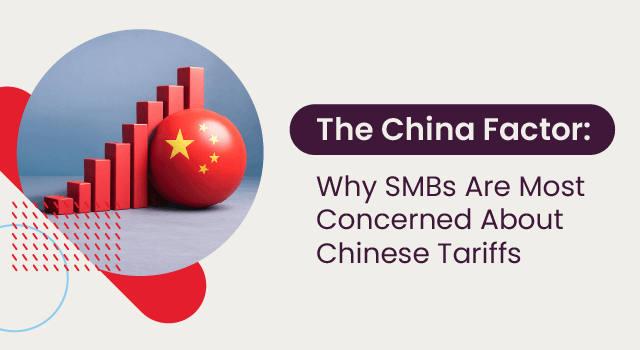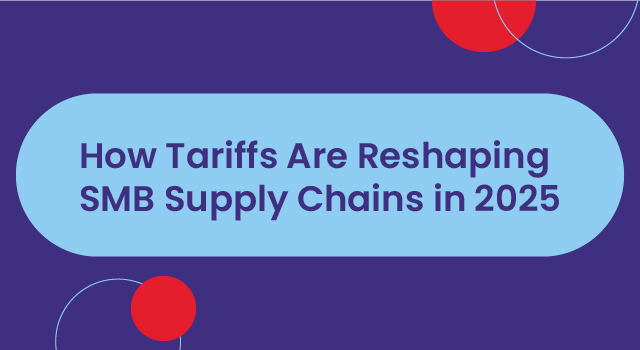Throughout our lives, from the cradle to the grave, we are classified – classified according to our age, sex, religion, political views, demographics, hobbies, opinions, dietary choices, and many more. These classifications are used by companies to sell or market to us, or to determine our risk factors.
A life insurance company, for example, may require information about your age, sex, demographics, and hobbies – this information enables them to make a prescriptive decision based on levels of risk before quoting you for life cover. If you are a 25-year-old male who enjoys skydiving, your premium will be much higher than a 40-year-old female who goes to book club each week.
The same concept applies to your stock items. They also have characteristics, and these determine how they should be treated. Inventory items all have different origins and life cycles. They all have different levels of importance, with some dependant on others to produce an end product such as raw materials. Depending on the type of business you operate will determine how you classify your items, and often, more than one classification criterion is required to get an accurate result. By classifying your items, you can easily see which are giving you the most turnover or which are highly dependent on each other. This information is critical when setting your inventory policies.
The ABC analysis is a criterion that is most often used by inventory planners. This analysis is based on the Pareto principle – better known as the 80/20 rule, whereby 20% of your items give you 80% of your sales. A = highest value, B = medium value and C = least value. However, using this information on its own has its downfalls. A high-value, low-volume item like a car engine is planned and managed in your inventory system far different from that of a low-value, high volume items like nuts and bolts, even if the annual turnover is the same. By overlaying the ABC criterion with a 2nd criteria you get a better reflection of your inventory. At Netstock, we use a 2nd criterion, the HML analysis, which is based on sales velocity H = high, M = medium, and L = low. Merging your ABC and HML data, you can see that an AH item is the most critical as it’s a fast-moving, high-value item that makes up the bulk of your sales – you want to be extra careful not to run out of stock on. Once your items are classified, you can begin to judge them on their characteristics and set up your inventory policies to suit them.
Besides all the amazing inventory management tools available, many companies are still using spreadsheets to try and manage this function. It doesn’t take much to see how complex a spreadsheet needs to be if you want to do a half-decent job. Perhaps setting up ABC criteria is simple to do, but as soon as you introduce the 2nd classification set, it becomes evident that a spreadsheet is not the ideal choice. Besides the formulas and macros, the chance of human input error is extremely high, not to mention how time-intensive this becomes from a data re-entry and continual update viewpoint. There is no denying that spreadsheets have their place as a business tool, but should they be used to manage inventory complexities?
Classifying your items is your first step towards better inventory health. By using a tool like Netstock, you can effectively set up the classifications and then go on to set your inventory policies using sales history and supplier’s performance from your ERP solution. Once all the data is in and has run through the numerous algorithms, you receive a dashboard summary that allows you to manage your inventory proactively. Alerts are provided to indicate where, for example, an AH item is in a critical shape and needs attention.
A few of the many business benefits you will derive by using inventory management solutions:
- Focus on the inventory that counts
- Better deployment of your capital through data insights
- Identify and resolve potential stock-outs before they happen
- Low impact items can be managed automatically in the system, freeing up your time to handle critical items
- Increased profits due to better-utilized employees and money
Accurate item classifications form the foundation of your entire inventory management process and, if not done and managed correctly, can cause massive inefficiencies throughout your entire operation. If set up and managed successfully from the start, you will see optimal inventory efficiency that will stimulate higher returns.
Take a look at our short video that explains the Netstock classification way




